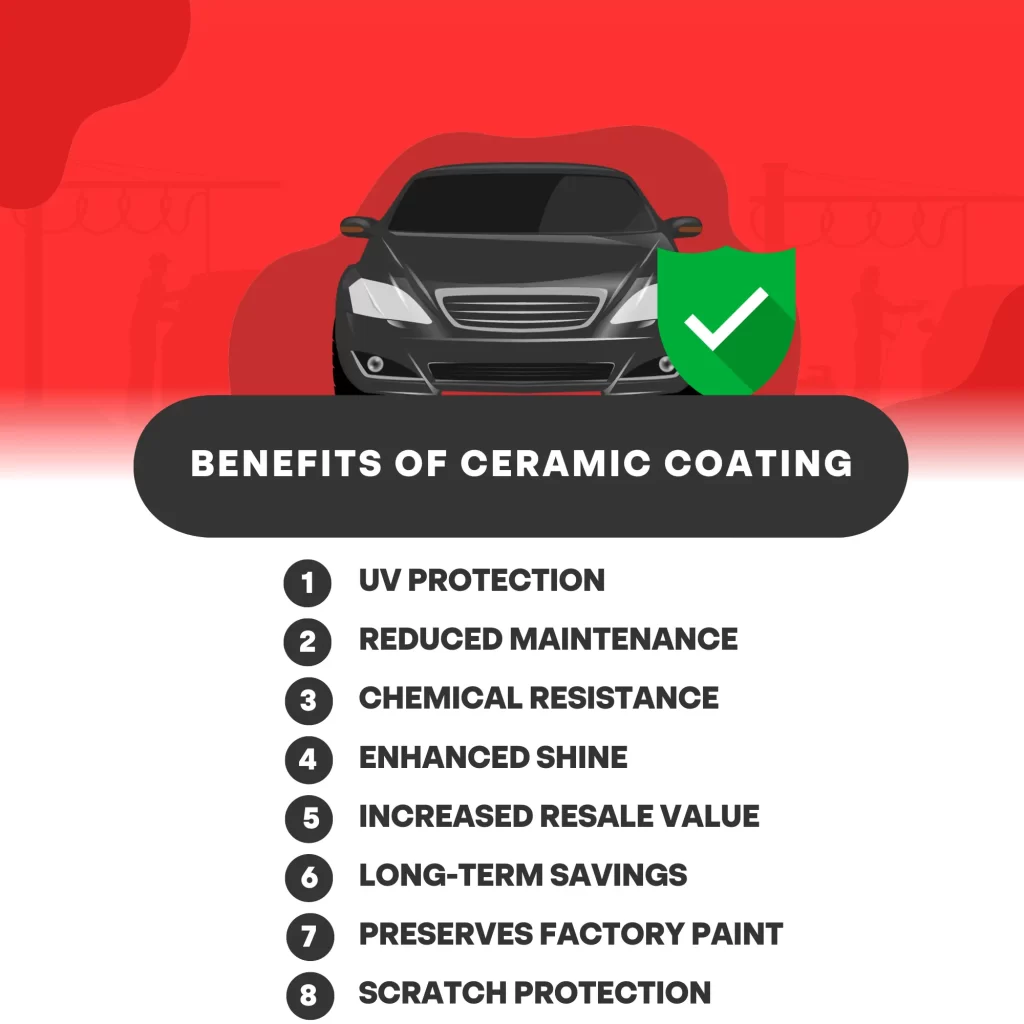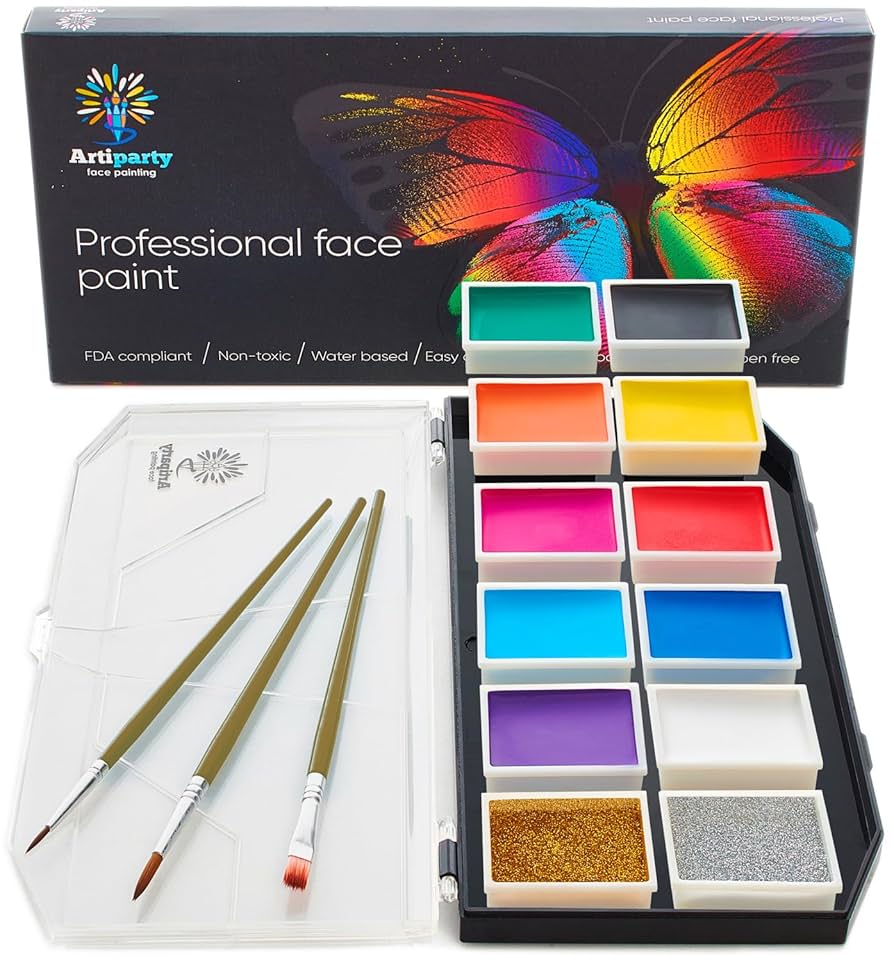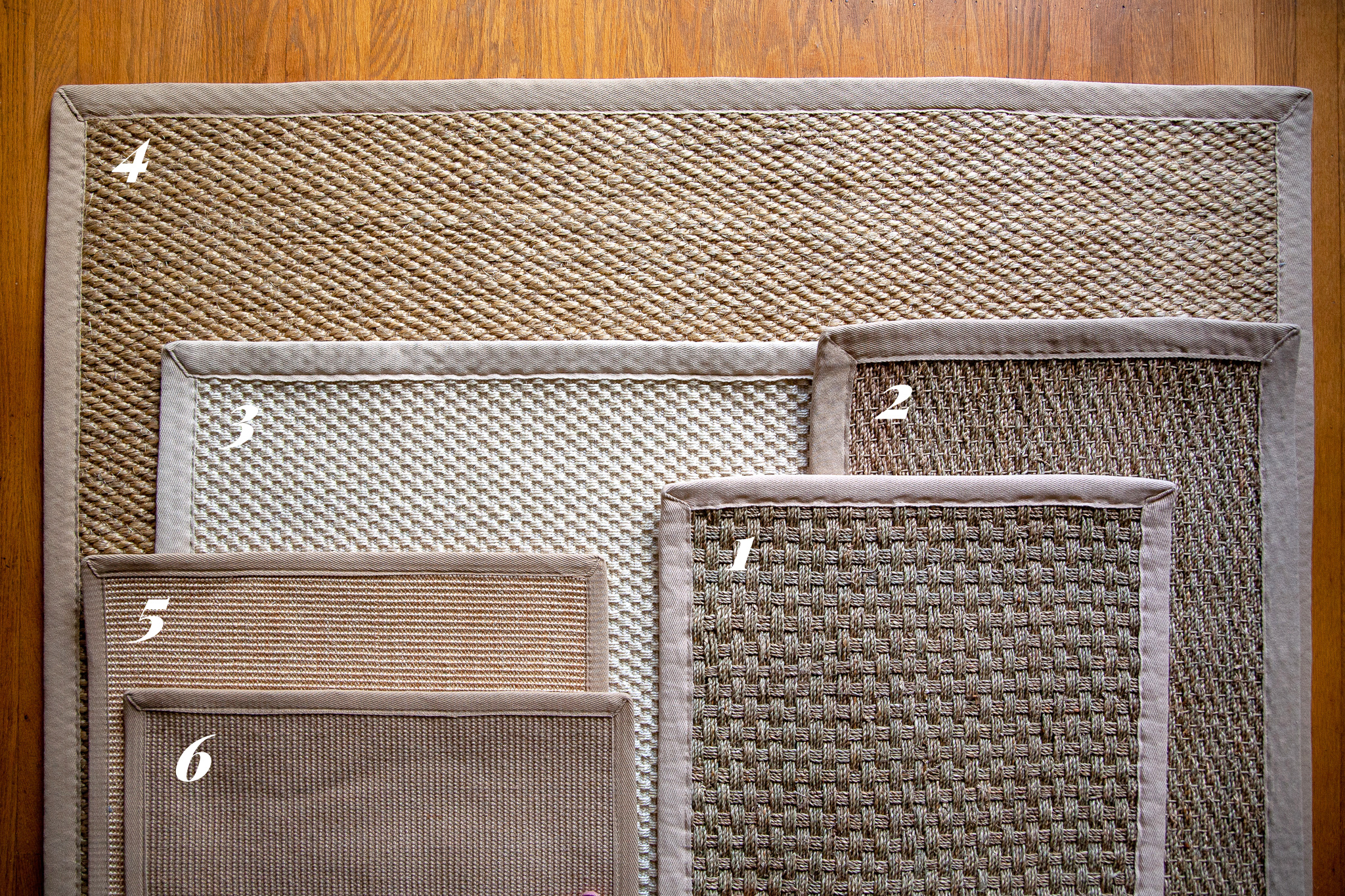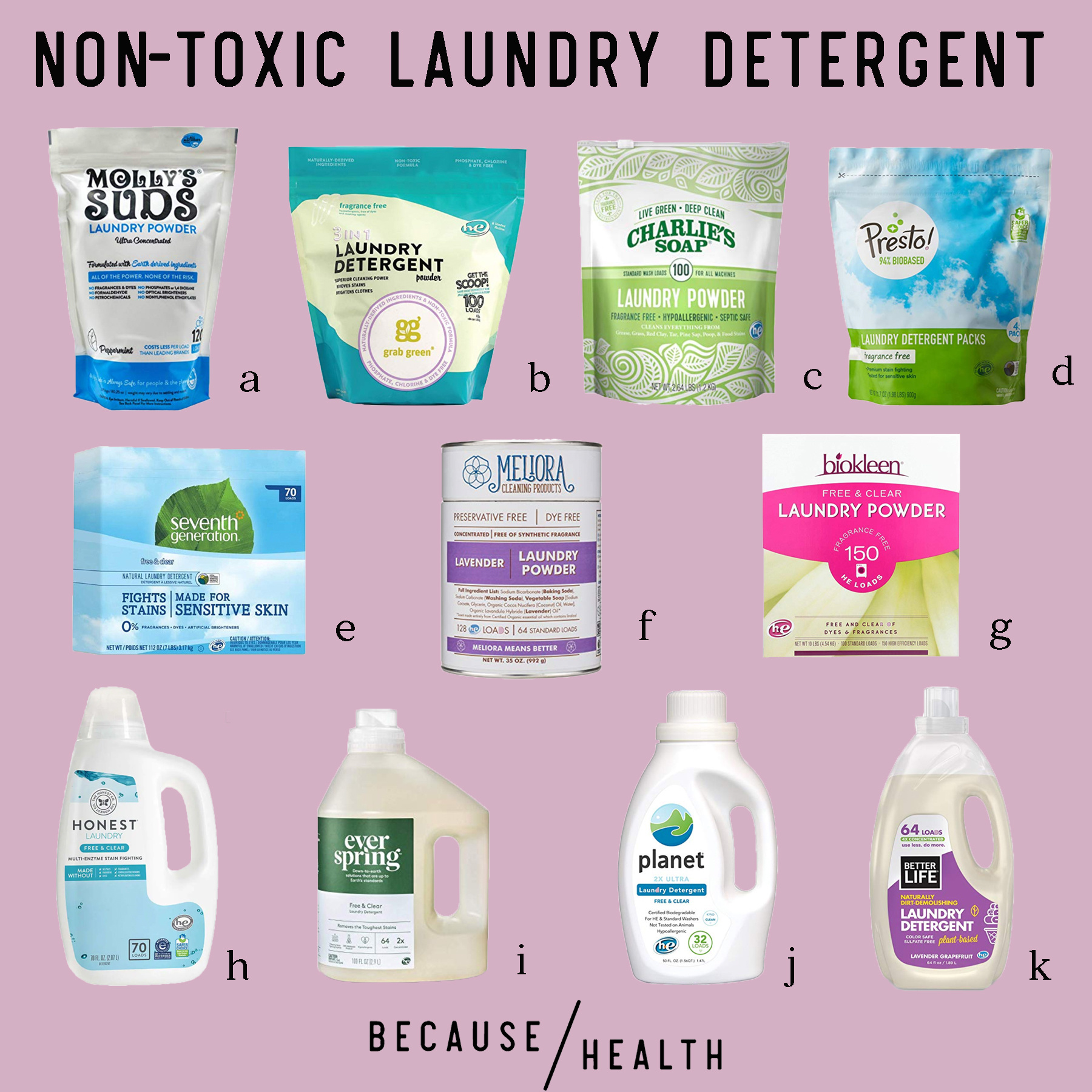When it comes to cooking at home, the type of cookware we use can have a significant impact on our food and our health. While traditional options like stainless steel and cast iron have been kitchen staples for generations, ceramic cookware is becoming an increasingly popular choice for those looking for safer and more eco-friendly alternatives.
Understanding the benefits of ceramic cookware can help us make informed decisions about the tools we use to prepare our meals. With growing concerns over the potential dangers of other cookware materials, it’s worth exploring why ceramic might be the better option for your kitchen.
What Are the Benefits of Ceramic Cookware?
The shift towards ceramic cookware is largely driven by its numerous benefits. Ceramic is known for its excellent heat distribution, which ensures that your food is cooked evenly. Unlike some non-stick surfaces, ceramic coatings are free from chemicals such as PFAS, making them a healthier option for your family.
Moreover, ceramic cookware is non-reactive, meaning it won’t leach harmful substances into your food as some metals can when they are scratched or worn down. This feature is particularly important for those who are health-conscious and want to avoid any form of contamination in their cooked meals.
Ceramic cookware also boasts an aesthetic appeal, with a sleek and modern design that comes in a variety of colors. This can brighten up the kitchen environment and make cooking a more enjoyable experience.
In addition to being easy to clean, ceramic cookware typically has a smooth, non-stick surface. This non-stick nature means that you can cook with less oil and fat, promoting healthier eating habits and making cleanup a breeze.
Furthermore, ceramic cookware is environmentally friendly. It is often made from natural clay and minerals, and the production process is generally less polluting than that of metal cookware. Its durability means it can last for years, reducing the need for frequent replacements and minimizing waste.
Is Ceramic Cookware Safe for Your Health?
When it comes to the safety of cookware, ceramic options are often touted as one of the safest materials you can use. The surface of ceramic cookware is naturally non-stick, which eliminates the need for chemical coatings that contain PFOA and PTFE, substances that have been linked to health issues.
Ceramic cookware does not contain heavy metals such as lead or cadmium, which can sometimes be found in other non-stick coatings if they are not properly manufactured. When it comes to cooking at high temperatures, ceramic is stable and will not release toxic fumes.
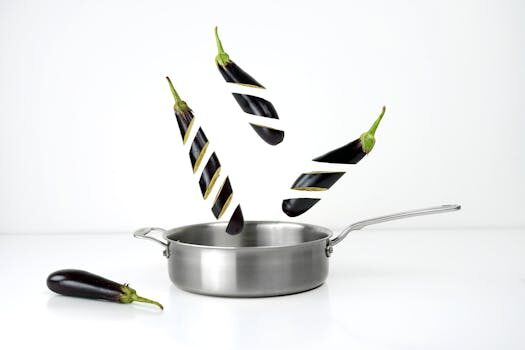
However, it is important to note that not all ceramic cookware is created equally. To ensure maximum safety, it is crucial to purchase high-quality ceramic cookware from reputable brands that comply with strict health and safety standards.
It is also vital to follow the manufacturer’s guidelines for use and care to prevent any damage to the cookware. While ceramic is durable, it can be more prone to chipping or cracking if not handled correctly.
 Choosing natural paint alternatives for the baby’s nursery
Choosing natural paint alternatives for the baby’s nurseryHow Does Ceramic Cookware Compare to Stainless Steel?
Ceramic and stainless steel cookware both have their own sets of advantages and disadvantages. While stainless steel is lauded for its durability and resistance to rust and corrosion, it doesn’t provide the same non-stick convenience as ceramic.
One key difference is the thermal conductivity of the materials. Ceramic generally heats up more evenly than stainless steel, which can help prevent hot spots and ensure that food is cooked evenly throughout. However, stainless steel is often favored for its ability to withstand high-heat cooking techniques and its non-reactive nature with acidic foods.
When it comes to maintenance, ceramic cookware is often easier to clean due to its non-stick surface. Stainless steel can be more challenging to maintain, as it requires more thorough cleaning to prevent staining and maintain its shine.
Stainless steel cookware can also pose a risk of leaching metals like nickel and chromium into food, especially when cooking acidic dishes or using scratched or damaged pans. Ceramic cookware, on the other hand, does not leach metals and maintains its integrity as long as its surface is intact.
What Are the Pros and Cons of Using Ceramic Cookware?
- Pros:
- Non-toxic, non-reactive surface
- Even heat distribution
- Non-stick surface reduces the need for oils
- Easy to clean and maintain
- Eco-friendly and attractive design options
- Cons:
- Less durable than some metals, can chip or crack
- May have a lower tolerance to high heat compared to metals
- Can be more expensive than other cookware options
Weighting these pros and cons is essential when deciding whether ceramic cookware is the right choice for your kitchen.
Why Should You Choose Ceramic Instead of Cast Iron?
While cast iron has been a long-time favorite for many chefs due to its heat retention and durability, ceramic cookware provides an attractive alternative for several reasons. Firstly, ceramic cookware is significantly lighter than cast iron, making it easier to handle, especially for those with wrist or arm issues.
Ceramic is also non-stick without requiring the seasoning process that cast iron needs to maintain its cooking surface. This makes it a convenient option for those who want to spend less time on maintenance.
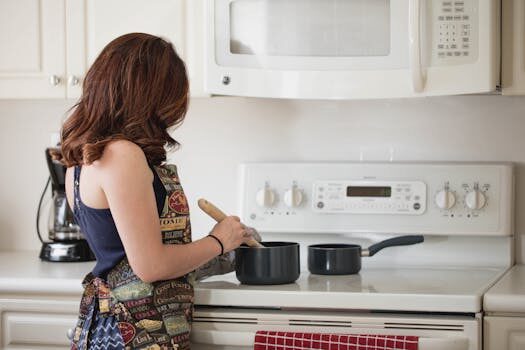
Moreover, there are health concerns associated with cast iron, as it can leach iron into your food. While this can be beneficial for some people with iron deficiencies, it can be problematic for those with conditions that require them to limit iron intake.
Ceramic cookware also doesn’t rust, a common issue with cast iron that can occur if not properly cared for. And, as mentioned earlier, ceramic doesn’t release toxins at high temperatures, making it a safer option for health-conscious cooks.
How Should You Care for Your Ceramic Cookware?
Proper care is crucial to extend the lifespan of your ceramic cookware and ensure it remains safe to use. Here are some best practices for maintaining your ceramic cookware:
- Avoid using metal utensils that can scratch the non-stick surface.
- Use only mild detergents and soft sponges or cloths for cleaning.
- Allow cookware to cool before cleaning to prevent thermal shock.
- Do not expose ceramic cookware to extreme temperature changes.
- Store carefully to avoid chipping or cracking the ceramic.
By following these guidelines, you can help protect your investment and continue to enjoy the benefits of ceramic cookware for years to come.
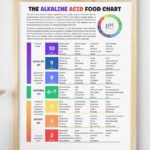 Alkaline acid food chart printable
Alkaline acid food chart printableFrequently Asked Questions About Ceramic Cookware
Which Is Safer, Ceramic or Stainless Steel Cookware?
When it comes to safety, ceramic cookware often has the edge over stainless steel. Ceramic cookware is non-reactive and doesn’t leach chemicals or metals into your food, while stainless steel can release nickel and chromium if damaged or scratched.
It is important to note, however, that high-quality stainless steel cookware that is well-maintained poses a low risk to health. The choice between ceramic and stainless steel may depend on cooking preferences and priorities regarding health and maintenance.
What Are the Negatives of Ceramic Cookware?
Despite its many benefits, ceramic cookware does have some drawbacks. Its fragility is a significant concern; it can chip or crack if dropped or handled roughly. Moreover, it generally cannot withstand the same high temperatures as metal cookware without risking damage to the non-stick surface.
Another consideration is cost. High-quality ceramic cookware may come with a higher price tag compared to other materials. However, many find the benefits justify the investment.
Is Ceramic Cookware Safer Than Cast Iron?
While both ceramic and cast iron cookware have their respective advantages, ceramic is often considered safer due to its non-toxic, non-stick surface. Cast iron can leach iron into food, which is not ideal for everyone, and requires more maintenance to prevent rusting.
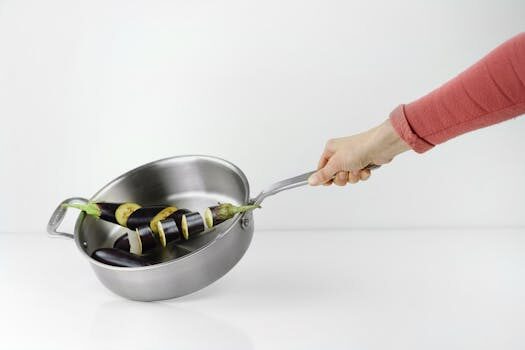
Ceramic also provides a lightweight alternative to the heavy cast iron, making it a more user-friendly option for everyday cooking.
Is Ceramic Coating Bad for Your Health?
The ceramic coating on cookware is generally considered safe for health, primarily because it is free from PFOA, PTFE, and other harmful chemicals found in some non-stick surfaces. As long as the ceramic coating is intact and high-quality, it should not pose any health risks.
However, if the coating begins to chip or wear away, it’s important to replace the cookware to prevent any potential contamination.
Before continuing with a demonstration on how to care for ceramic cookware, let’s watch a quick video to give us a visual guide.
In conclusion, ceramic cookware offers a range of benefits that make it an attractive choice for those seeking a safe, efficient, and eco-friendly cooking option. By weighing the pros and cons and considering your specific cooking needs and health concerns, you can determine whether ceramic cookware is the right addition to your kitchen arsenal.
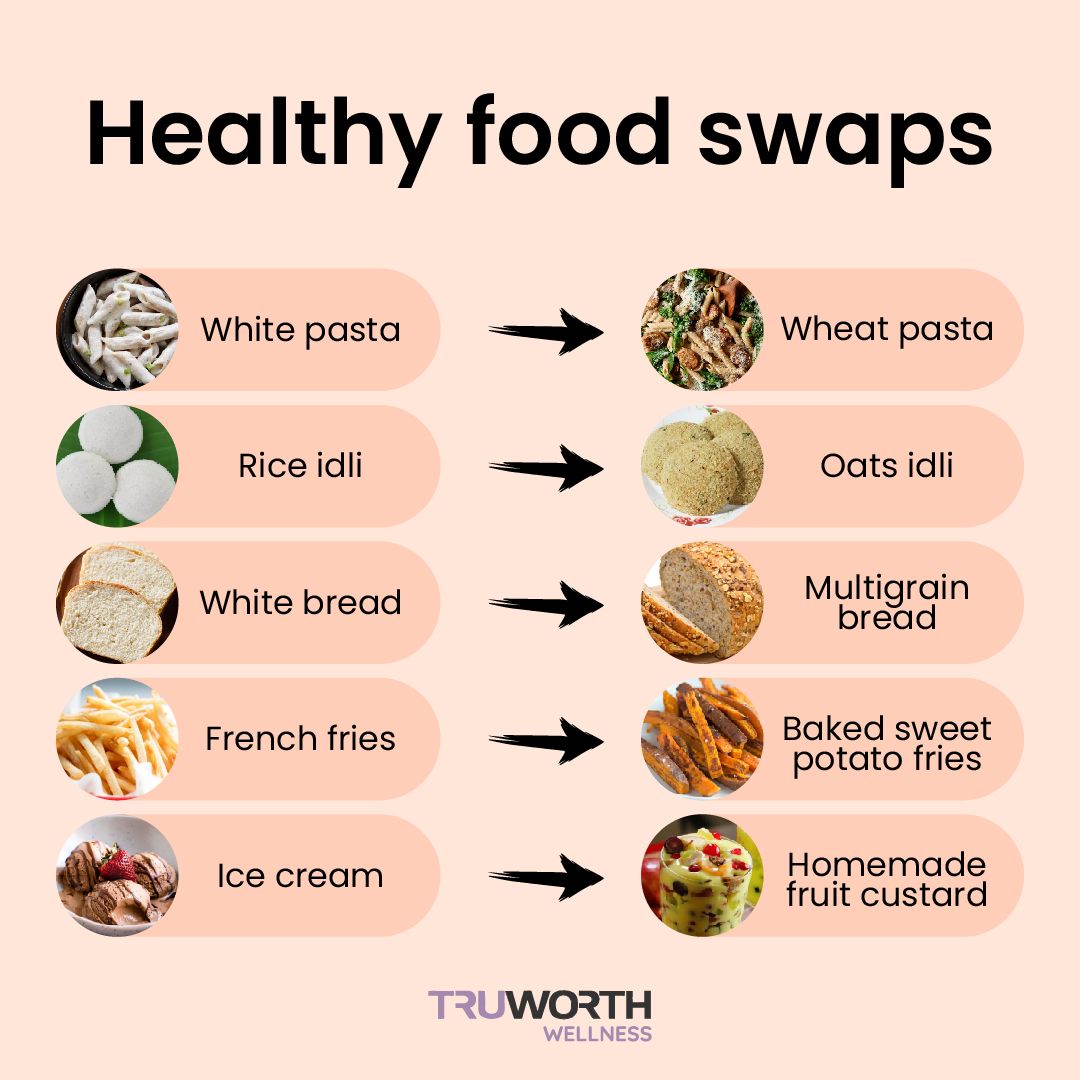 12 easy swaps to rid your kitchen of plastic and aluminum
12 easy swaps to rid your kitchen of plastic and aluminum
